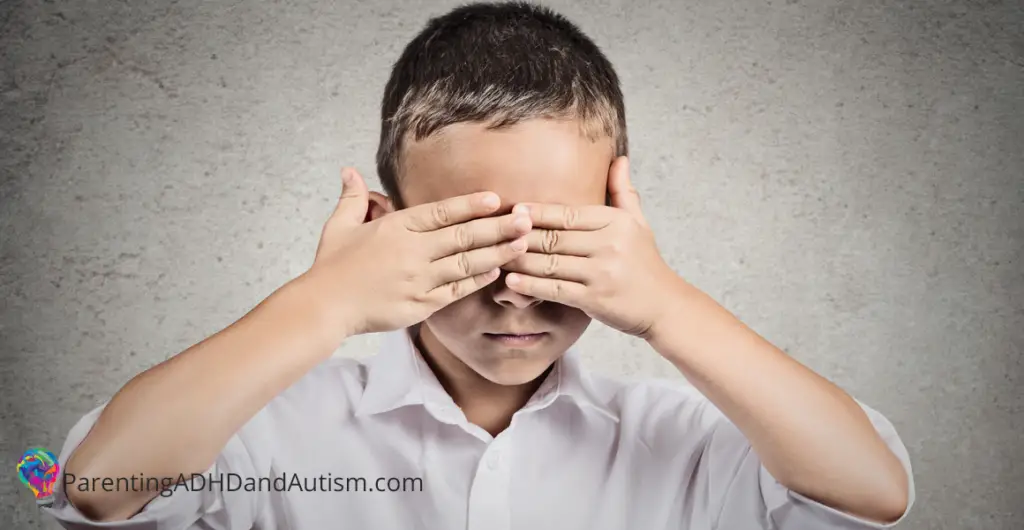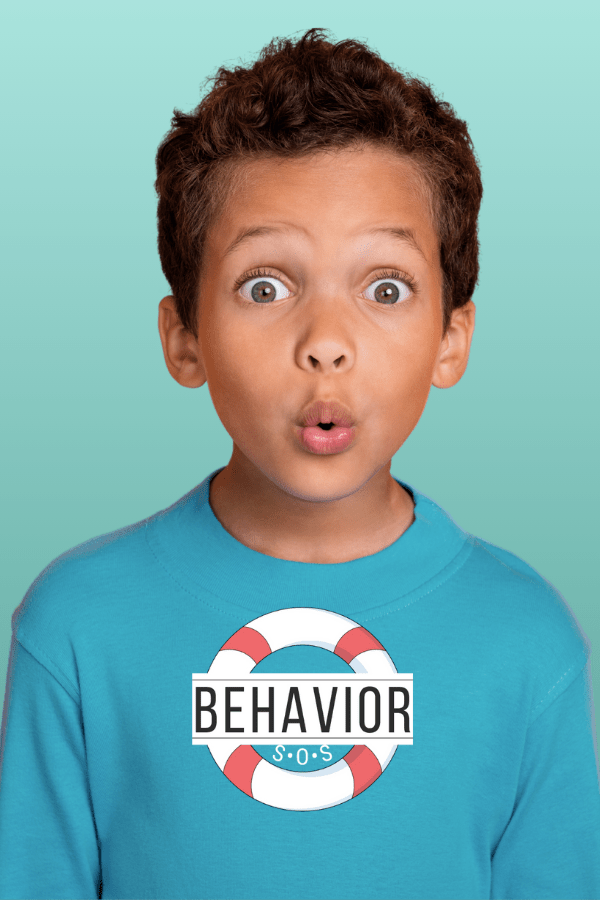| Teacher’s or Peer’s Impression | Possible Reasons for Behavior |
| Uncaring and/or rude | - Has difficulty understanding social cues (especially nonverbal cues like posture, gesture, facial expressions, and tone of voice).
- Doesn’t pick up on social expectations or norms of classroom behavior.
- Isn’t aware that his/her classroom behavior disturbs classmates (e.g. noises, movements, sprawl of books).
- Doesn’t notice (and thus doesn’t respond to) social invitations.
- Has difficulty understanding that other people have different experiences and opinions.
- Doesn’t realize that everyone doesn’t know what he or she knows.
- Finds eye contact distracting – cannot listen while maintaining eye contact.
- May be impulsive (as part of co-occurring ADHD diagnosis).
- Isn’t always aware of how others are feeling, until their response becomes unmistakable.
- Has sensory challenges (over- and/or under-sensitivity) that make it hard to attend to other people.
- Wants to be part of the group, doesn’t understand how to participate appropriately, so does it in unexpected ways.
|
| Awkward in social conversations | - Has difficulty initiating social interactions.
- Doesn’t pick up on norms of social interaction.
- Isn’t always aware of how others are feeling, until their response becomes unmistakable.
- Talks too much on topic of interest because of inability to read the signs of listener’s boredom or irritation.
- Misunderstands what other person said because of subtle language issues. Examples include:
- Very literal interpretations, often concrete in nature;
- Difficulty processing complex sentences;
- Difficulties understanding pronouns;
- Difficulties with words that have more than one meaning;
- Surprising vocabulary omissions;
- Trouble with verb tenses, plural markers, etc.;
- Trouble with words indicating sequence (first, next, then, etc.)
- etc.
- Sticks to familiar topics because subtle word finding issues make unfamiliar topics more challenging.
- Conversations are at a faster pace than the student can process. Especially true when more than one other person is involved. Students respond either by withdrawing, or by trying to control the interaction.
- Sticks to familiar topics when slow processing speed makes it hard to shift quickly in response to others’ comments.
- Has difficulty quickly understanding and absorbing what someone said.
- Unsure how to repair communication breakdowns.
|
| Off-topic classroom comments | - Has difficulty determining the main topic of discussion.
- Is deeply curious about details that may not matter to others, while missing the big picture.
- Wants to be part of the group, but doesn’t realize it is important to stay on topic.
|
| Introverted/anti-social | - People with autism are introverted, extroverted, and everything in between. Personality type varies just as much as it does in the non-autistic population.
- Is discouraged and disengaged as a result of repeated social failures. This looks like introversion.
- Has difficulty quickly understanding what someone said. This can look like a lack of desire to interact.
|
| Disorganized, late, lazy, lacks follow-through | - Has poor time awareness.
- Has difficulty prioritizing.
- Has difficulty breaking big tasks down into smaller, more manageable chunks.
- Poor fine motor skills make written work look sloppy.
- Has difficulty holding spoken directions in mind and forgets what to do.
|
| Doesn’t feel emotions | - Feels emotions as strongly (and sometimes more strongly) than non-autistic people, but outward expression appears flat. An autistic person may be quite unaware of how his or her own body language is perceived.
- Has a default “logical” response to situations that others might find overwhelming.
- Doesn’t understand the emotional reasons for a behavior.
- Doesn’t understand why people would feel as they do.
- Has sensory challenges that lead to an under-reaction to environmental sensations (sounds, lights, smells, etc.).
|
| Over-reacts emotionally | - Has an emotional response to a trigger that a non-autistic person may not understand or notice
- Misunderstands confusing or complicated social situations – can sometimes lead to perception of being bullied or teased
- Has sensory challenges that lead to an over-reaction to sensory inputs (sounds, lights, etc.)
- Isn’t always aware of his or her own feelings, until they become overwhelming.
- Has difficulty letting go of a thought.
|
| Stubborn | - Has difficulty coming up with a new strategy when needed.
- Has difficulty modifying or delaying a task when needed.
- Has difficulty letting go of a thought.
- Has difficulty transitioning from one activity or expectation to another.
- Has difficulty understanding that other people see things differently.
- Has subtle language comprehension issues that lead to misunderstanding.
- Cannot do what you are asking, but doesn’t know how to tell you that.
|
Lacks common sense | - Has difficulty making connections between events that others see as related.
- Doesn’t recognize the similarities between situations, so doesn’t learn from past mistakes.
|
| Behaves oddly | - Needs to move in certain ways to maintain self-regulation (e.g., fidgeting, or pacing, tics, among others)
- Isn’t aware of where his or her body is in space, so bumps into things and people, or stands too close or too far away.
|
| Excels at math, engineering & computers (stereotype) | - People on the autism spectrum can be brilliant, cognitively challenged, and anything in between. Intelligence varies just as much as it does in the non-autistic population.
- Preferences vary just as much as in the non-autistic population.
- People with autism are usually passionate about their interests and driven to explore those interests deeply.
|
| Not interested in sports (stereotype) | - Interest in sports varies as much as it does in the non-autistic population.
- Plenty of people on the autism spectrum are excellent at sports, but some may have challenges with motor coordination.
- Team sports that require quickly coordinating with others can be very difficult.
|






This list is so fantastic. And it makes me wonder why the boy doesn't have an autism diagnosis to go with all the others he already has. I could put a tick mark by probably more than 75% of the items on this list!!